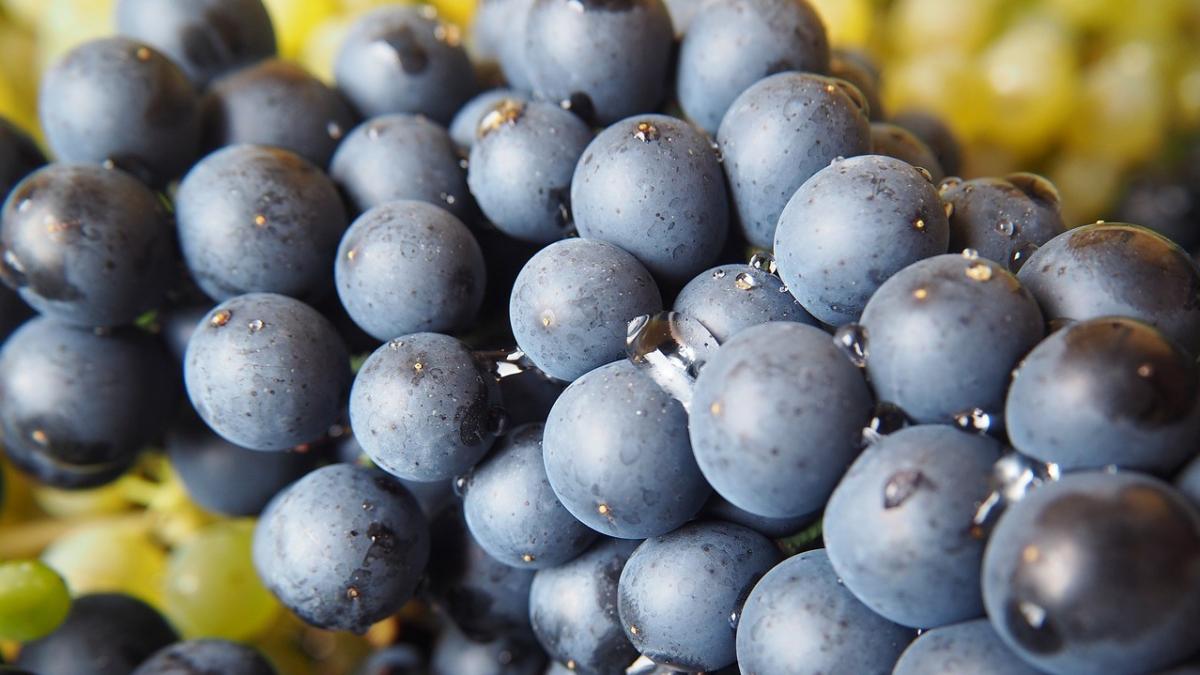You are here
Back to topAustralian Table Grapes See Success in Exports to Asia

According to a recent report by the U.S. Department of Agriculture’s Foreign Agricultural Service, the Australian table grape sector has made significant progress in the past 10 years, with output increasing by over one-third and exports growing by 50%. In particular, China has been the largest overseas market for Australian table grapes since the 2015/16 season. Despite the sector experiencing decreased production and exports for two consecutive years due to the impact of the COVID-19 pandemic, investments in vineyards prior to and during the pandemic have propelled the long-term development of the industry. Currently, Australia is on par with Egypt and the European Union in terms of table grape export volume and is able to compete with other Southern Hemisphere table grape suppliers in Asian markets, making Australia a key player in the international table grape market.
As with other major table grape producers in the Southern Hemisphere, exports are a primary driving force underlying Australia’s increasing grape production. In the 2022/23 season, domestic consumption is expected to account for only 36% of total table grape output, which represents a decrease compared with the 45% registered a decade prior. Over the past five years, Australia has exported an average of around 130,000 metric tons of table grapes annually, which is comparable to the amounts exported by Egypt and the European Union.
This strong export performance is largely attributable to the Chinese market. In the 2015/16 season, Australia’s table grape exports to China reached 30,000 metric tons, setting a new record for exports to a single country. Chinese tariffs on Australian table grapes were removed in 2019 under the China–Australia Free Trade Agreement. Because of this advantage, exports to China hit a historical high of 63,000 metric tons in the same year, with total exports also reaching a record high of 153,000 metric tons, thus doubling in less than 10 years.
However, after reaching a peak in the 2019/20 season, exports have experienced a sharp decline of nearly 30%, accompanied by declining yields owing to adverse weather conditions and the impact of the COVID-19 pandemic. In addition, shipments were affected by soaring freight costs and the global container shortage. Even with these challenges, Australia’s annual table grape exports have remained above 100,000 metric tons, with growth in most overseas markets.
Although exports to China have shrunk by 60% since the 2019/20 season, China was still the largest export destination in the 2021/22 season, when 27,000 metric tons of Australian table grapes were shipped. Indonesia and Vietnam also ranked within the top three, importing 20,000 and 14,000 metric tons, respectively. The main competition for Australian table grapes in Asian markets comes from Chile and Peru. However, owing to its geographical proximity to Asia, Australia benefits from shorter transit times for its grape exports, thus reducing risks related to quality deterioration. Hence, despite lower production, Australia often surpasses Chile and Peru in export volumes to Asian markets. In the 2021/22 season, shipments to Asia accounted for approximately 95% of total exports.
To support exports, the table grape planting area in Australia has been expanding, with many vineyard owners switching from wine grapes to table grapes. The green Menindee and Thompson varieties and the red Crimson variety currently dominate production. Nevertheless, the majority of newly planted areas are dedicated to new proprietary seedless varieties. The seeded Red Globe has thus far been the main variety sent to China, but Asian consumers are becoming increasingly interested in seedless grapes, which offer a wider range of flavors, including eye-catching black varieties.
According to industry estimates, prior to the COVID-19 pandemic, Australian table grape cultivation was expanding at an annual rate of 20%. However, during the pandemic period, the expansion rate slowed down, which was mainly the result of a labor shortage caused by stricter immigration policies. In the 2022/23 season, it is anticipated that the limited number of workers will continue to impact production and exports. Nonetheless, with the improved shipping availability and new plantings coming into production, output and exports are forecast to rebound to 210,000 and 135,000 metric tons, respectively, which would mark a return to pre-pandemic levels.
The state of Victoria experienced flooding in December 2022, and the full extent of the impact of this on the 2022/23 season has yet to be assessed. From a long-term perspective, it is likely that production and exports of Australian table grapes will reach even greater heights in the years to come.
Image: Pixabay
This article was translated from Chinese. Read the original article.













Add new comment